After reading the headlines, you may think that Green Building is a type of building that is green colored and full of plants.
However, the concept of a green building goes much beyond that.
Today everybody is talking about going green and it is true for our sustainability.
In the near future, we will be running out of the certain natural resources that are required for our survival and green buildings play a major role in sustainable living.
Now, you may ask – what actually is the green building and how they can protect our environment?
A green or sustainable building concept can help to conserve resources, energy and reduce negative impacts on the environment.
During all phases, from design to demolition, the building uses less resource and place less burden on the environment, protect workers and minimize health impacts.
I hope you got an idea of what a green construction is, now read ahead and join our save environment bandwagon.
Why Green Building is required?
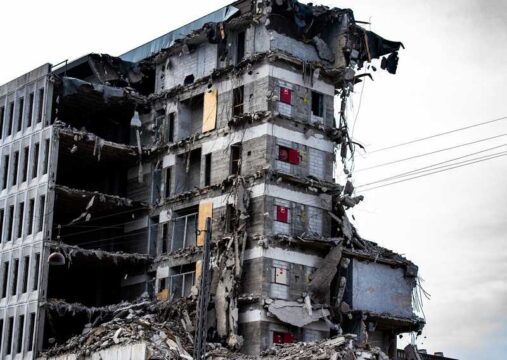
You may be shocked to know that the real estate industry is one of the major energy consumers, solid waste generators and emitters of Green House Gasses.
Are they?
Yes!
The major portion of the construction industry’s waste consists of complex debris (metal, wood, asphalt. Concrete, plastic. Ceramic, gypsum, etc.) arising due to construction and the demolition of structures.
Often the demolition process costs lesser than renovation hence, the former is preferred.
Lack of flexibility, technological and structural obsolescence are the other reasons for the demolition of older buildings rather than renovation.
World Bank report states that solid waste generation is expected to increase from 1.3 billion (in 2012) to 2.2 billion tons per year by 2025 globally.
Out of the total solid waste generated, building material accounts for half of them.
Conventional buildings and allied infrastructure create heavy runoffs that wash pollutants and sediments into surface waters causing water pollution.
This is due to the replacement of natural surfaces with impermeable ones.
Now you can judge their impact on our environment; thus, the solution for a sustainable future is to reduce, reuse and recycle.
What is a Green Building?
Green building is a systematic approach that applies the concept of sustainability to the real estate industry across its entire lifecycle from initial design and development to operations and maintenance, and ultimately, to deconstruction.
But, what does it mean?
In simple terms-
A Green building is a type of building that is economical, resource-efficient, optimized, environment-friendly and generates less waste as compared to the convectional buildings.
They offer more natural light and clean air, which improves the inhabitant’s health, comfort, and productivity.
At last but not least:
Sustainable building approach could offer extensive economic benefits due to reduced maintenance requirements, reduced ownership cost, lower utility bills and increased resale value.
US EPA defines green building like this:-
Green building is the practice of creating structures and using processes that are environmentally responsible and resource-efficient throughout a building’s life-cycle from siting to design, construction, operation, maintenance, renovation and deconstruction.
This practice expands and complements the classical building design concerns of economy, utility, durability, and comfort. Green building is also known as a sustainable or high performance building.
What are the benefits of a Sustainable Building?
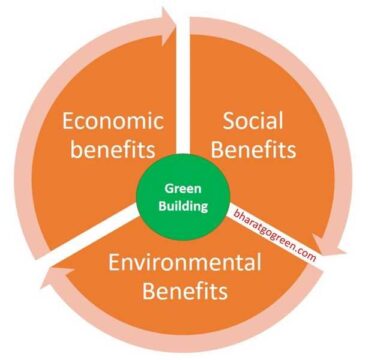
Sustainable buildings not only conserve resources and reduce negative impact on the environment but at the same time, they provide economic and social benefits too.
Benefits of green buildings are:-
Environmental Benefits:
- Improved air & water quality
- Reduced wastage & energy consumption
- Preservation of Natural resources
- Protection of Ecosystem
- Promotion of local products and materials
- Reduce greenhouse gas emissions
- Reduced demand for potable and municipal groundwater withdrawals
Social Benefits:
- Improved comfort and quality of life
- Improved Indoor Air Quality (IAQ)
- Healthier living
- Less strain on local infrastructure
- More Satisfied Owner, Operators and Users
- Creates economic development and jobs
- Increased environmental awareness
Economic Benefits:
- Lower operating costs
- Lesser maintenance
- Lower Insurance Premiums and High Market Values
- Higher ROI (Return on Investment)
- Productivity Gains
- High durability
- Stimulating local benefits
- Diverse economy
- Reduced risks and liabilities
Are Green Buildings more expensive?
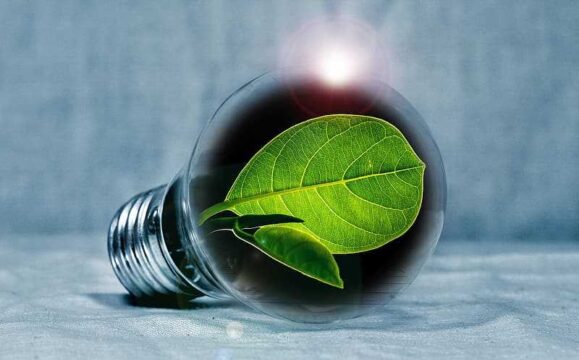
Yes, it is true that green buildings do consume some additional money during construction and furnishing but it does not mean that they are economically viable.
Sustainable buildings can show you their economic benefits in the long run.
How?
Let us take an example.
It is possible that sustainable building materials can have some initial cost but they can help in the reduction of the operating expenses at a later stage.
Properly designed and energy-efficient buildings could downsize the HVAC requirements resulting into significant savings.
Not only energy and materials you can save a lot of utilities such as gas and water.
The most important factor is the health benefit that one can get, thus, in a nutshell, green buildings are worth the investment.
What are the components of a Green Building?
There are certain best practices for designing and constructing an effective green building that proves beneficial to our community and environment.
These are the vital components of a sustainable building:
1. Sustainable Site Selection & Planning
Select the size that fits into the surrounding ecosystem in a more natural way by effective utilization of energy and conservation of natural resources such as land, water, habitat, flora & fauna.
This includes:-
- Locating the site within or near an existing community.
- Landscape preservation at the time of site preparation.
- Soil conservation during the construction phase.
- Enhancing the efficiency of an outdoor lighting system.
- Effective Utilization of allied utilities.
- Natural shade for building & parking.
- Stormwater management.
2. Green Building Materials Usage
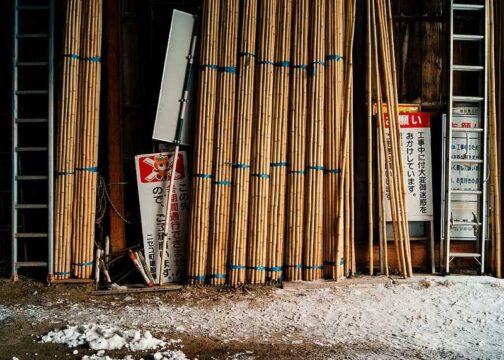
Using sustainable building materials during construction and low energy materials in the interiors not only reduces the working capital but also beneficial for health and the environment.
Recycled materials, prefabricated products, and renewable sources can sometimes perform better than conventional ones.
Industrial materials such as fly ash, foundry sand, and demolition debris can be recycled and reused during the construction phase.
Locally available building materials can reduce transportation costs and hence air pollution too.
3. Building Design Optimization
Optimize the design of building in a way to reduce conventional energy demand
This includes:-
- Natural daylight management
- Avoiding over designing HVAC systems.
- Adequate climatic responsiveness.
- Efficient artificial lighting systems
- Refrigerant management.
- Reducing GHG emissions.
- Using low energy & star rated appliances.
- Optimizing energy performance so that it may fall within the specified comfort limits.
4. Renewal Energy Utilization
Maximize the use of renewable energy sources (solar, wind, biomass, etc.) to heat, light and cool the building effectively.
Use renewable energy for:-
- Internal/external lighting system
- Hot water system
5. Water Management
Apply the concept of 4R in water management.
4R – Reduce, Recharge, Recycle & Reuse
This includes:-
- Installing a proper Rainwater harvesting system.
- Installing water-efficient fittings and devices in kitchen & washrooms.
- Replacing asphalt with porous pavements to prevent stormwater runoff.
- Using a drip irrigation system for landscaping.
- Installing a greywater recycling system.
6. Solid Waste Management
Effectively manage the generated solid waste by:-
- Reduction in waste generation during the construction phase.
- Efficient waste segregation.
- Proper storage and waste disposal.
- Effective recovery & reuse.
7. Health, Well-Being & Indoor Air Quality
This is to be given top priority by:-
- Using low VOC paints.
- Incorporating well-designed ventilation systems
- Implementing acceptable noise levels both inside and outside.
- Maintaining good air & water quality inside the buildings.
- Minimizing Ozone-depleting substances.
- Installing smoke control devices.
- Reducing air pollution during the construction phase.
- Minimizing the use of materials having lead, mercury and asbestos content.
- Ensuring a natural view everywhere.
How to Make Our Existing Buildings Sustainable?
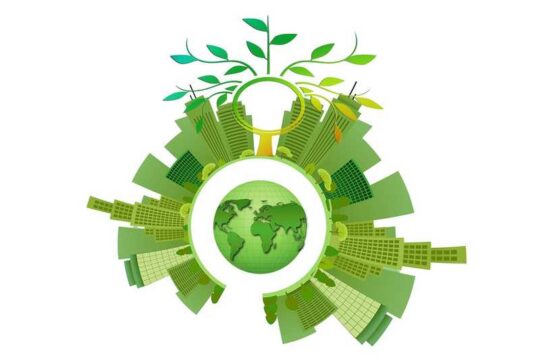
Let us discuss some practical tips that we can apply in our homes/offices to become sustainable.
Economise Water Usage
- Provide taps with sensors to reduce water consumption.
- Install tap aerators to reduce water flow by up to 50% without affecting water pressure.
- Eliminate using potable water for irrigation purposes.
- Measure and evaluate water usage per building on a monthly basis to identify any water loss.
- Establish a dedicated phone number for reporting water leaks.
Maintain Indoor Environmental Quality
- Install plants in Home & office buildings space.
- Procure Low-VOC emitting materials (carpets, furniture, etc.)
- Use low/no -VOC, formaldehyde-free paints, stains, and adhesives.
- Do not smoke inside the room to protect the indoor air quality of the buildings.
- Conduct audits on a regular basis to evaluate the indoor air quality of the buildings.
Save Energy
- Use energy-saving lights (e.g. compact fluorescent lamps) to reduce energy usage.
- Provide light switches to rooms/open spaces to optimize the use of lightning.
- Install motion sensors for non-emergency lighting in the corridors that switch the lights off once no one is in the corridors.
- Install daylight sensors or timers on all outdoor lighting.
- Use a programmable thermostat to reduce A/C & Heaters usage after working hours.
- Install a power monitor in each Building. The power monitor measures instantaneous electricity usage.
- Install heat reflector films on windows to intercept solar radiation while allowing good visibility.
- Conduct regular audits to find any energy wastage in the buildings.
Conclusion
Green building is an approach that will definitely make the earth more sustainable without disrupting the natural habitats around it.
Before jumping directly you can make a few minor green changes within your existing home and observe where you stand.
Even if, you conserve some energy and resources that will also help to make a big impact on the environment.
So what are you waiting for, just start your green journey today?
Please comment, how you are making a change to protect the environment.
References
What is green building? | World Green Building Council
https://www.irjet.net/archives/V4/i7/IRJET-V4I7614.pdf
http://www.epco.in/pdfs/EPCO-Instt/IInd_session/Green_Building_by_Dr_Rama_Pandeya.pdf